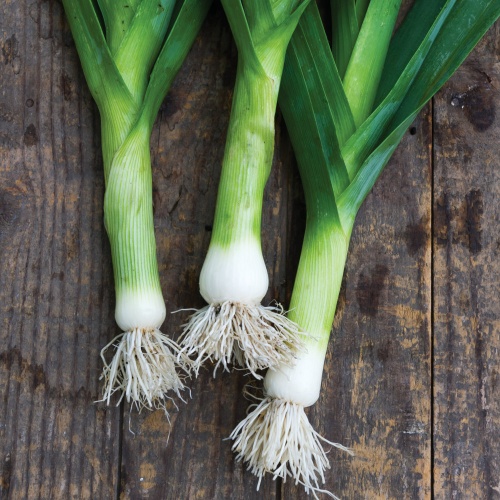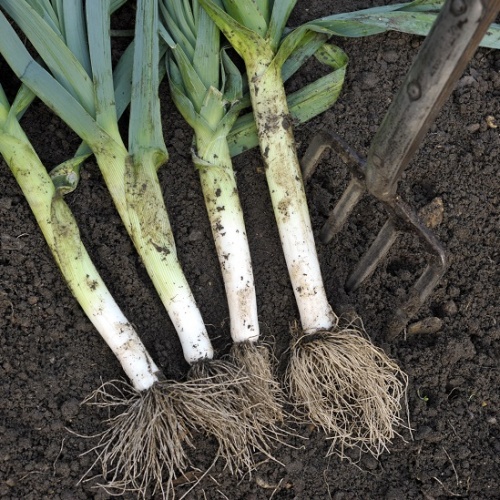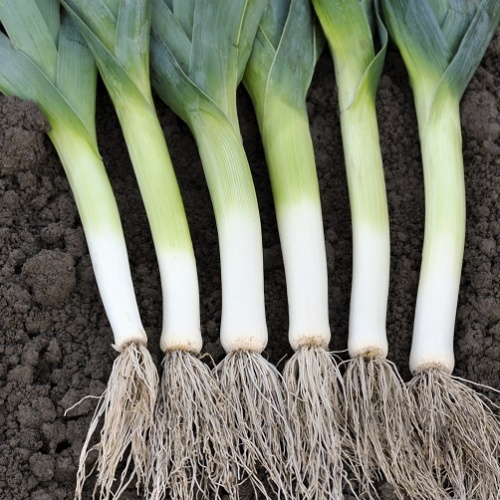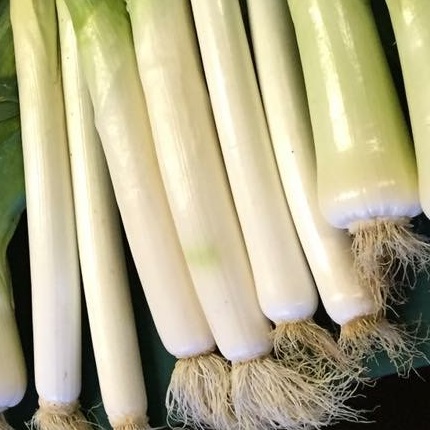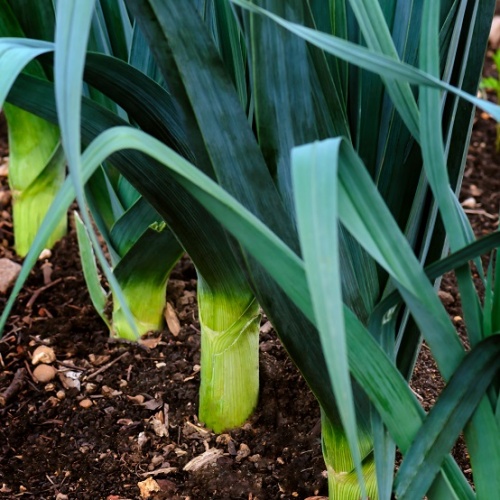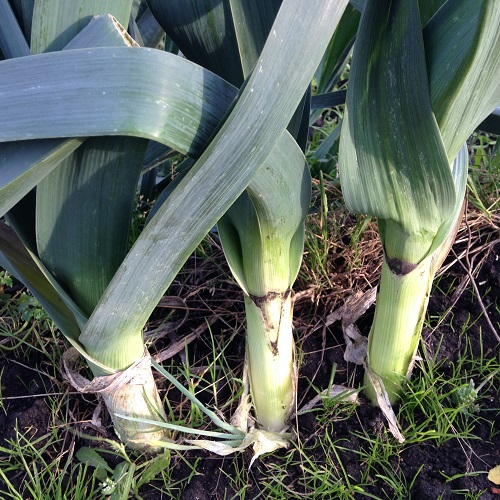Leek Seeds
The leek is a very versatile vegetable related to the onion, which is often used in soups and stews but it also makes a great side dish too. Leeks can be boiled or steamed, grilled or fried in butter and even eaten raw in salads. There are numerous delicious recipes for leeks including serving them with cream or cheese sauce and serving them up with fish or chicken. In some cases, they can be used as a substitute for onions although some people prefer to use them in a much broader context, which might include a variety of tarts, quiches and grills.
Long established and very popular with amateur......
Average Contents : 400 seeds
Stamford is a high performing early variety with good winter hardiness.....
Average Contents : 50 seeds
Very high yielding variety with long shanks and good cold.....
Average Contents : 200 seeds
Seed Sowing
Seeds can be sown into prepared seed beds or sown directly into their growing beds. They can also be started off early under glass, which helps to prolong the growing season. For early and larger plants, sow seeds from January to March into pots or deep trays containing a quality seed compost. The temperature should be maintained at around 21C until seeds have germinated. Keep the young seedlings watered and ensure they are placed in a light and airy position in the greenhouse. Plant out during April or May after hardening the plants off in a cold frame or similar.
Outdoors, seeds can be sown into prepared seed beds at a depth of 1cm and then thinned out and transplanted to their permanent beds during April or May. Use a dibber or broom handle to make planting holes 15cm deep and 20cm apart, with 30cm between the rows. Place the plants into the holes and water them. Do not fill the holes with soil as this will allow the plants to swell quickly and the soil will fall in gradually. Alternatively, and providing space is not an issue, you can sow the seeds directly into prepared growing beds.

